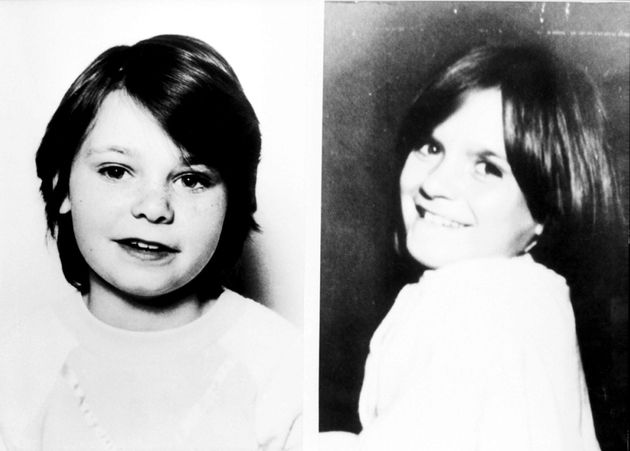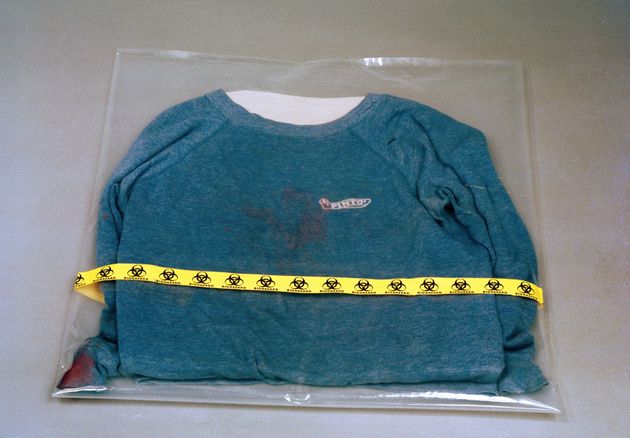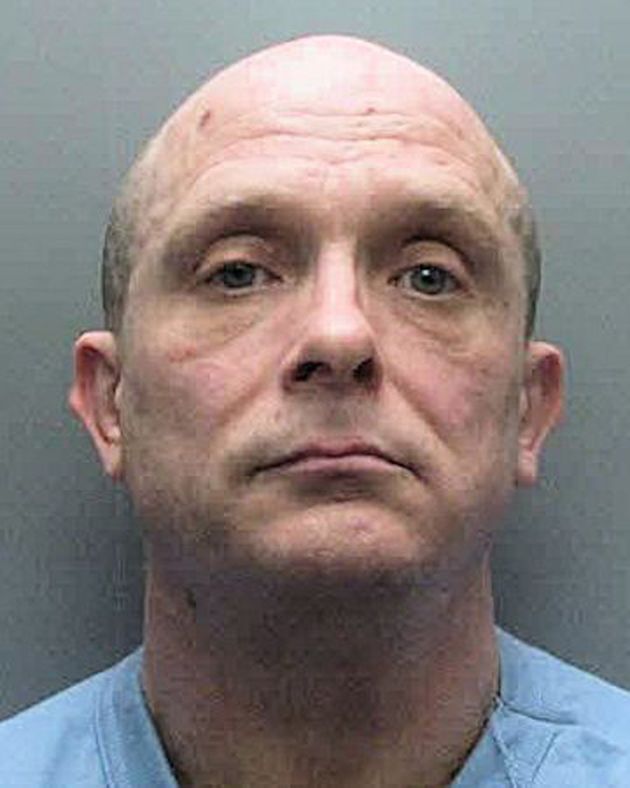
A retired forensic scientist who linked the prime suspect in the Babes in the Woods murders to his alleged victims has told jurors how he took every step to “minimise” the risk of cross-contamination.
Dr Anthony Peabody was called to give evidence in the second trial of convicted sex predator Russell Bishop, who is accused of killing nine-year-olds Nicola Fellows and Karen Hadaway 32 years ago.
He recalled how he went to the scene in Wild Park, Brighton, after the two children were found dead in a woodland den in October 1986.
Dr Peabody told jurors: “The area was deep in undergrowth – ivy, brambles, elder and other vegetation.
“The area where the bodies were found may best be described as a den. It was a hollowed-out area within undergrowth. Branches formed a roof and ivy was abundant in the den at its entrance and on the approaches to it.”

Dr Peabody was quizzed about the examination of the children’s clothes and a blue Pinto sweatshirt allegedly discarded by Bishop as he walked home on the night of the killings.
Fibres taken from the clothes led Dr Peabody to conclude the Pinto sweatshirt may have been in contact with the defendant’s trousers and clothes belonging to his then-girlfriend and the dead girls, jurors heard.
Explaining his results in 1987, Dr Peabody said: “My findings provided strong evidence to indicate the (Pinto) sweatshirt had been in contact with the clothing of the two dead girls.”
He said ivy hairs on the sweatshirt and girls’ garments suggested “sustained contact with ivy” and not from “merely walking through undergrowth where ivy is present”.
Prosecutor Alison Morgan asked how seriously the scientist took the dangers of cross-contamination at the time.

He replied: “Cross-contamination was something we took every step that we could to minimise if we could possibly do so. We were very conscious of cross-contamination.”
Examination of items would take place in different rooms which would be swabbed down afterwards.
Items were not allowed to come into contact with each other, Dr Peabody said.
He said he would have expected items to arrive at the lab in Aldermaston in sealed polythene or paper bags.
If any evidence arrived for testing unsealed, it would be sent back, he said.
He told the court the Pinto sweatshirt and Nicola’s pink jumper were examined in different rooms.
Dr Peabody said in the 1980s, his first priority would have been to collect any loose fibres, hair and debris.
Bishop, then aged 20, was cleared of the murders in 1987 but was ordered to face a fresh trial at the Old Bailey in light of advances in DNA testing.
The former roofer, now 52, has denied two counts of murder.